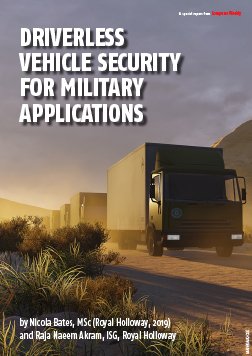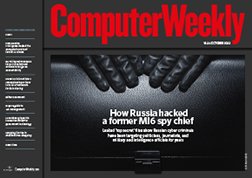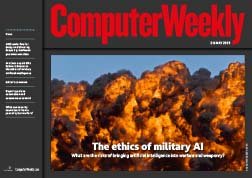Access your Pro+ Content below.
Royal Holloway: Driverless vehicle security for military applications


Sponsored by TechTarget ComputerWeekly.com
Existing attacks and risk assessment frameworks within civilian autonomous vehicles (AVs) can be used to review security of military AVs deployed for logistics purposes in a desert warzone environment. This article examines how suitable these frameworks are for the military logistics AVs. Furthermore, we examine the threats considered from the point of view of what an enemy would like to achieve as opposed to a device-based attack strategy so as to identify critical weaknesses and countermeasures to these.
Table Of Contents
- Autonomous vehicle technology promises fewer road traffic accidents, a reduction in greenhouse gas emissions and a more efficient use of busy civilian road networks, as well as opportunities within the military to reduce exposure of troops in warzones.
- Interconnectivity combined with complicated autonomous functions requiring hundreds of millions of lines of code poses a considerable counterbalance to the socioeconomic benefits envisioned.
- This study focuses on supply line AVs in a warzone responsible for getting food, troop and other equipment to the front line.
- When assessing AV security we need to consider the similarities and differences in environments between civilian and military applications.
- To assess risk, we used a rating for threats and impacts which together are used to give a final security level score.
- Vehicles are experiencing a revolution in connectivity and the lessons learnt from similar advances in everyday computing can be applied by having security integral to the design.







